This awesome starter pack gives you everything you need to quickly start with Netduino Go! It includes the Go! mainboard, the Shield Base, a Button module, a Potentiometer module, an RGB LED module, 4 Go! cables, and a 3' microUSB cable to connect to your computer for programming and power. You asked for a Netduino with higher speed, more flash memory, and more RAM. You also wanted more GPIOs, serial ports, analog inputs, and PWMs. Some of you aren't good at using a soldering iron or don't want to spend time calculating resistor colors. You just want a plug - and - play Netduino. We've listened! Together with the Netduino community, we've created radical new hardware. Netduino Go has four times the speed (168MHz) of Netduino Plus, six times the code space (384KB), and twice the available RAM (100KB+). All peripherals are virtualized, so you can simply pick what you need and plug it in. Each module has a small microchip that works with the mainboard. Whether it's a relay, multiple RGB LEDs, or a touchscreen, it's all plug - and - play. Along with Netduino Go, we're introducing the cool Shield Base. Plug it into your Netduino Go, and it provides the latest Arduino pinout, 6 PWMs, 6 ADCs, and some GPIOs. You can use standard NETMF classes to create InputPorts, AnalogInputs, etc. All Netduino Go hardware is production - ready. We're shipping the Shield Base with early beta firmware to get feedback on the new virtualization technology. As a thank - you for beta testing, we've upgraded its MCU to a 512KB - flash 120MHz Cortex - M3 microcontroller. You can connect it to power and a USB - TTL serial cable and use it like a traditional Netduino while enjoying its 3 serial ports and other enhancements. Both the Netduino Go and the Shield Base run production versions of .NET MF 4.2 QFE1 (RTM).
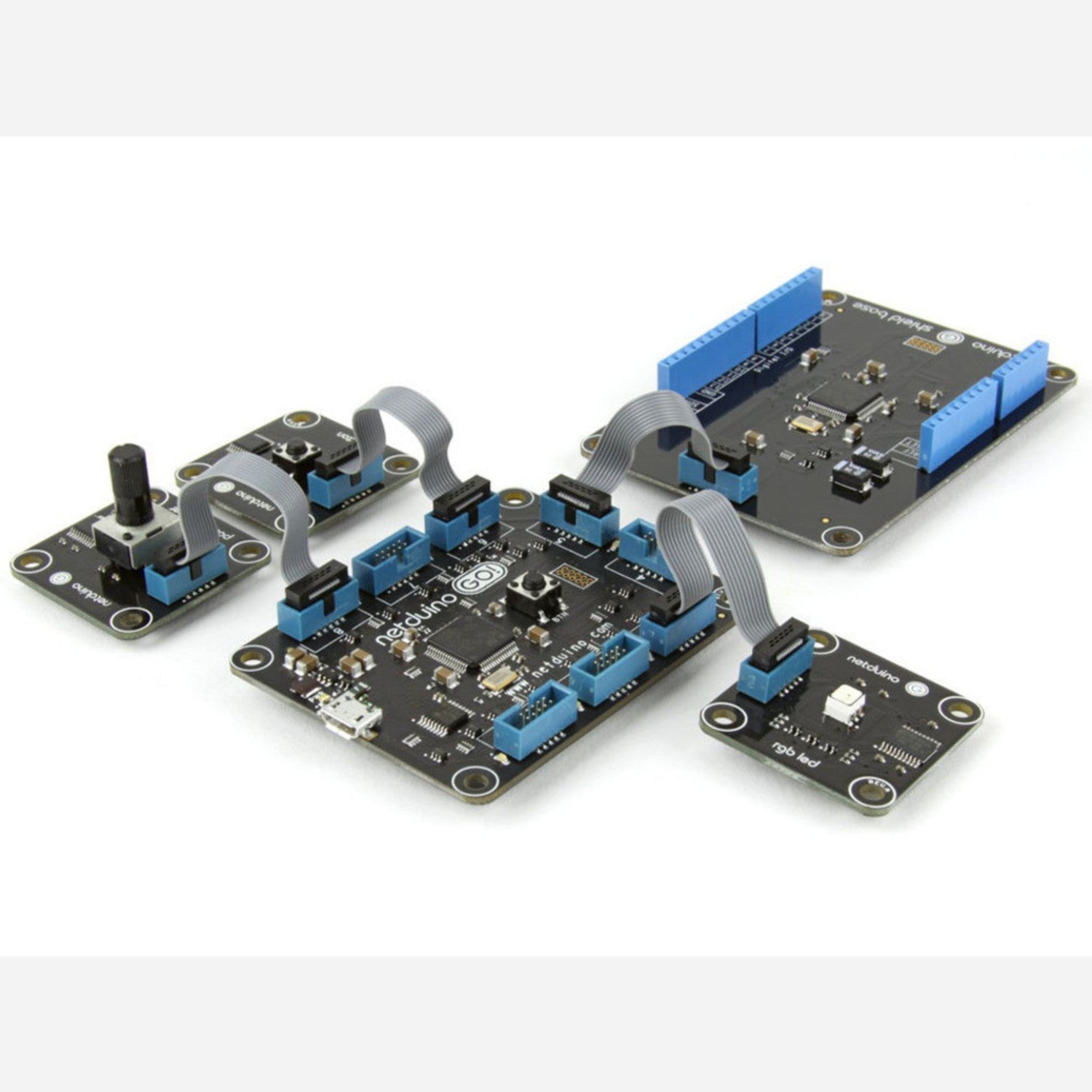
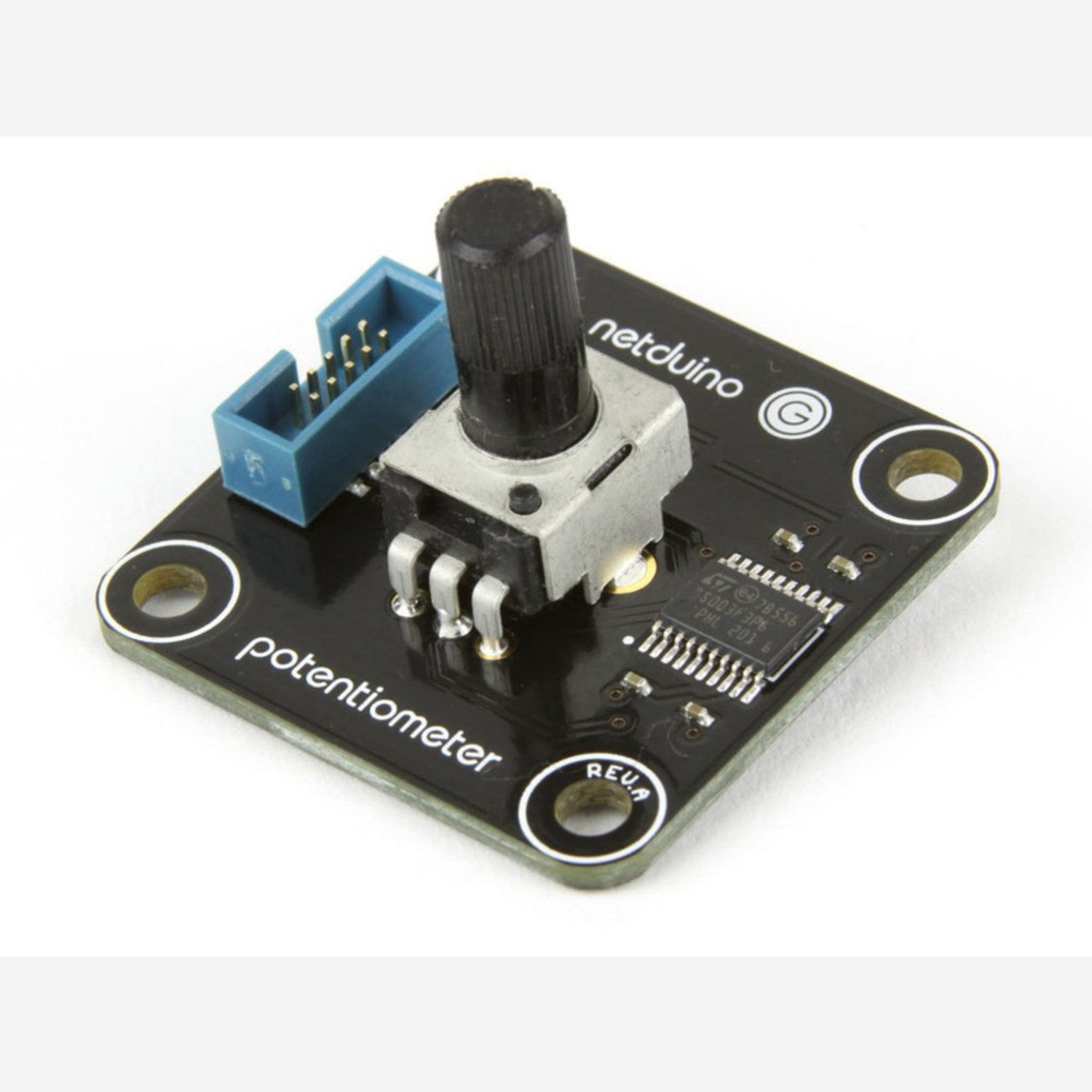
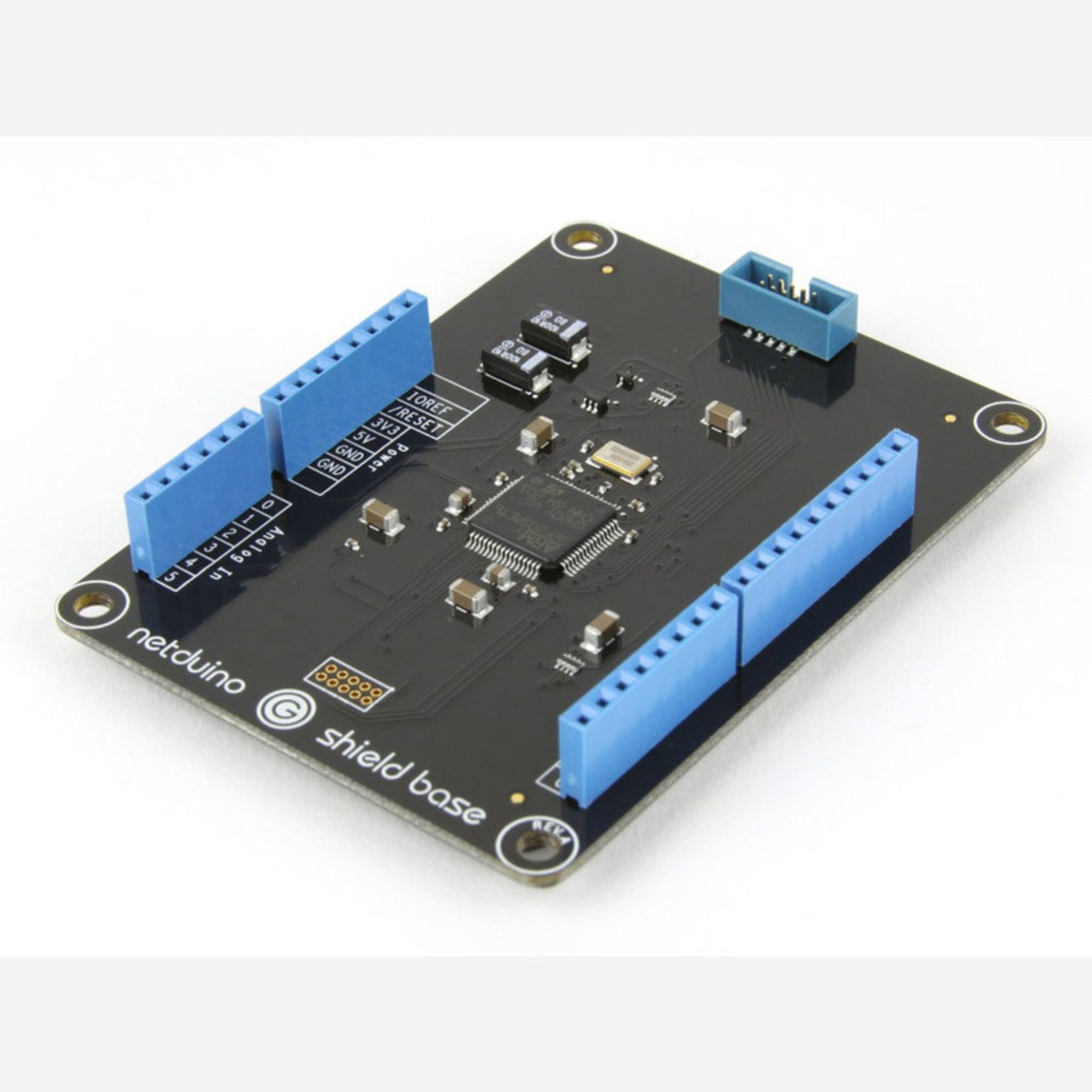
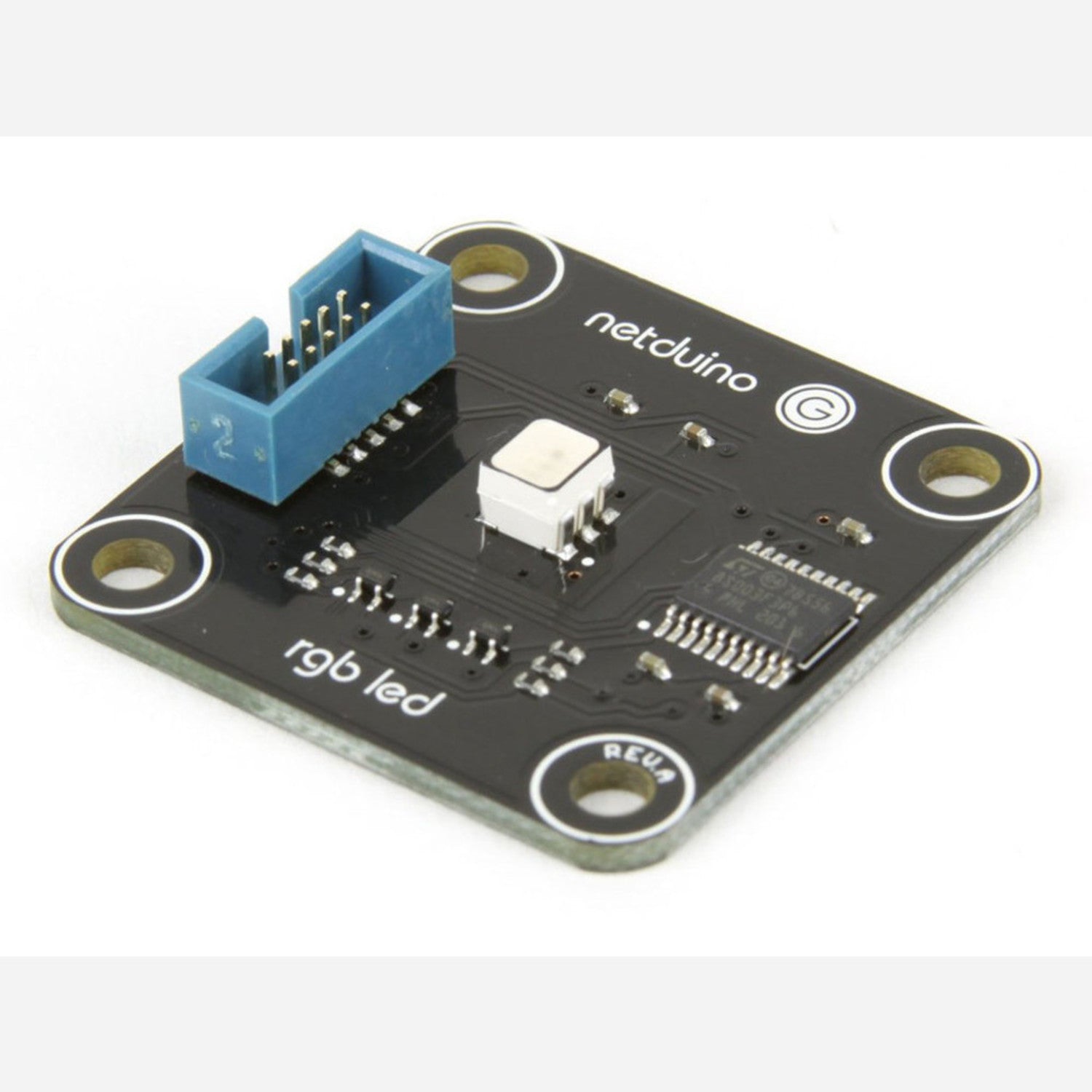
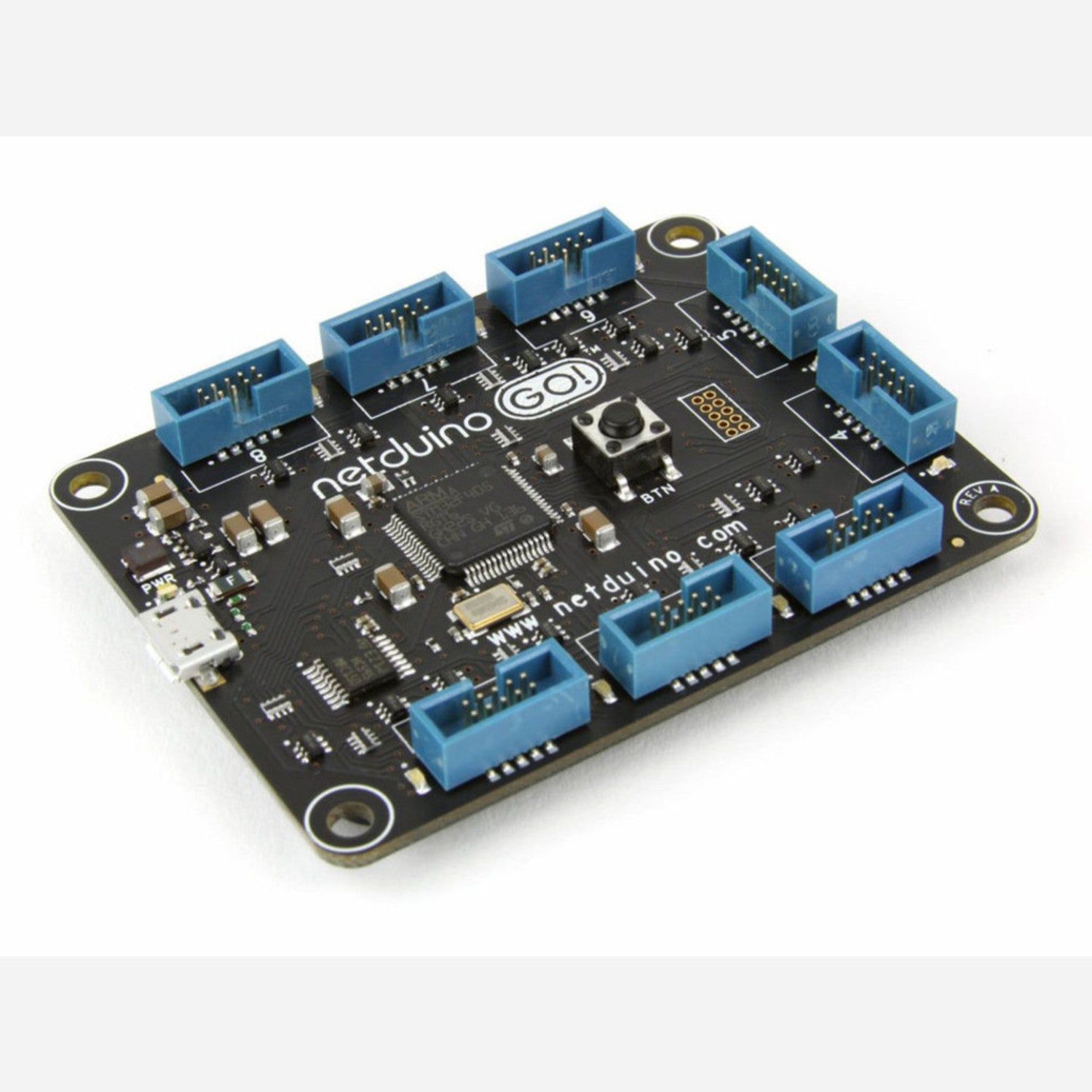
Using the Netduino Go! Starter Pack is a breeze. First, connect the mainboard to your computer using the 3' microUSB cable. This will provide both power and allow you to program it. If you want to use additional modules like the Button, Potentiometer, or RGB LED modules, just plug them in. The virtualized peripherals make it easy - no soldering required. To use the Shield Base, simply plug it into your Netduino Go. You can then create InputPorts, AnalogInputs, etc. using the standard NETMF classes. When it comes to power, you can connect the Shield Base to a power source and a USB - TTL serial cable and use it as a traditional Netduino. As for maintenance, keep the hardware in a dry and clean place. Avoid exposing it to extreme temperatures or humidity. If you're using the early beta firmware on the Shield Base, make sure to follow our updates for the best performance. Also, when handling the modules, be gentle to avoid damaging the small microchips inside.